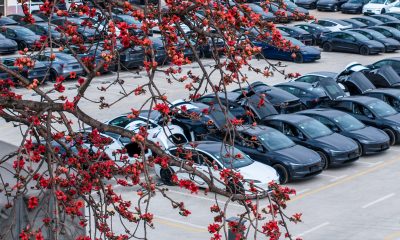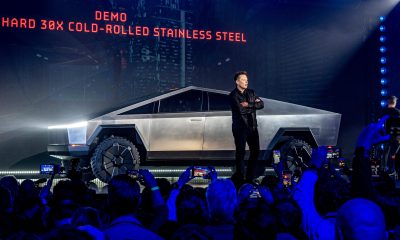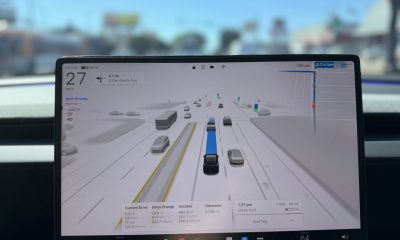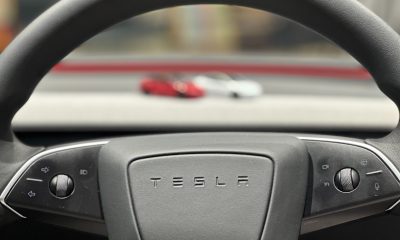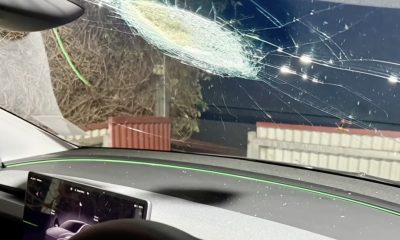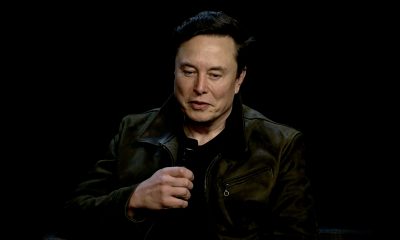News
Tesla Joins Industry Group Responsible for CCS Charging Standards
Tesla has quietly joined CharIN, the European based organization that sets CSS charging standards. It has completed a 150 kW standard and is starting work on a new 300 kW standard.
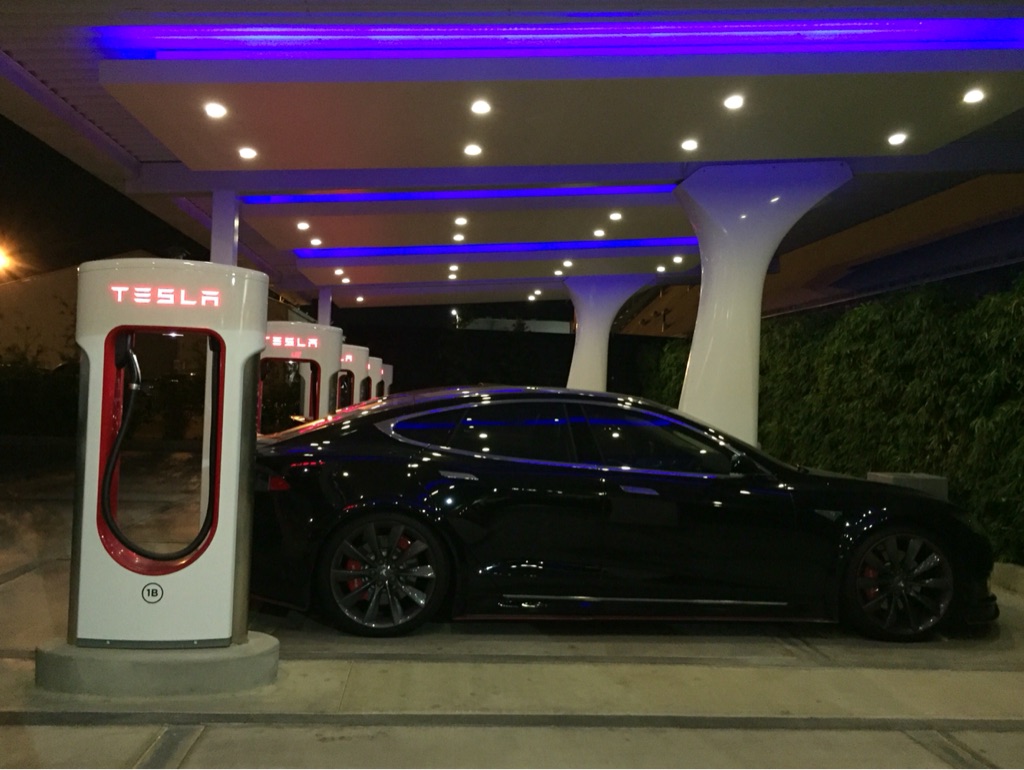
While in Paris earlier this year, Elon Musk made a passing remark about Tesla engaging with other manufacturers about use of its quick charging Supercharger network. Now comes word that Tesla has joined CharIN, the industry group that created and promotes the CCS charging standard commonly found on the SAE-Combo plug.
Well known EV writer and charging expert Tom Moloughney tells InsideEVs, “I was just told something interesting from a contact I have. I’m guessing you guys have heard of the CharIN Association by now. They are basically a group of European Automakers that got together to work on what will eventually be considered (officially) Level 3 charging based on CCS. They have been working on 150kW CCS DC Fast charge for a few years now and experimenting on speeds up to 300kW. [A]bout a month ago, Tesla quietly asked if they can become a “Core Member.” Now, I’m certainly not suggesting Tesla is going to switch to CCS, but this is very interesting.”
According to the description from the CharIN website:
The Charging Interface Initiative e. V. – abbreviated to CharIN e. V. – is a registered association founded by Audi, BMW, Daimler, Mennekes, Opel, Phoenix Contact, Porsche, TÜV SÜD and Volkswagen. Based in Berlin, it is open to all interested parties. The three primary aims are:
- To develop and establish the Combined Charging System (CCS) as the standard for charging battery-powered electric vehicles of all kinds.
- To draw up requirements for the evolution of charging-related standards and develop a certification system for use by manufacturers implementing the CCS in their products.
- To promote the CCS standard worldwide.
CharIN has completed work on a 150 kW CCS charging standard and is moving towards the development of a 300 kW standard. The first experimental 150 kW units will be installed soon in California for testing purposes.
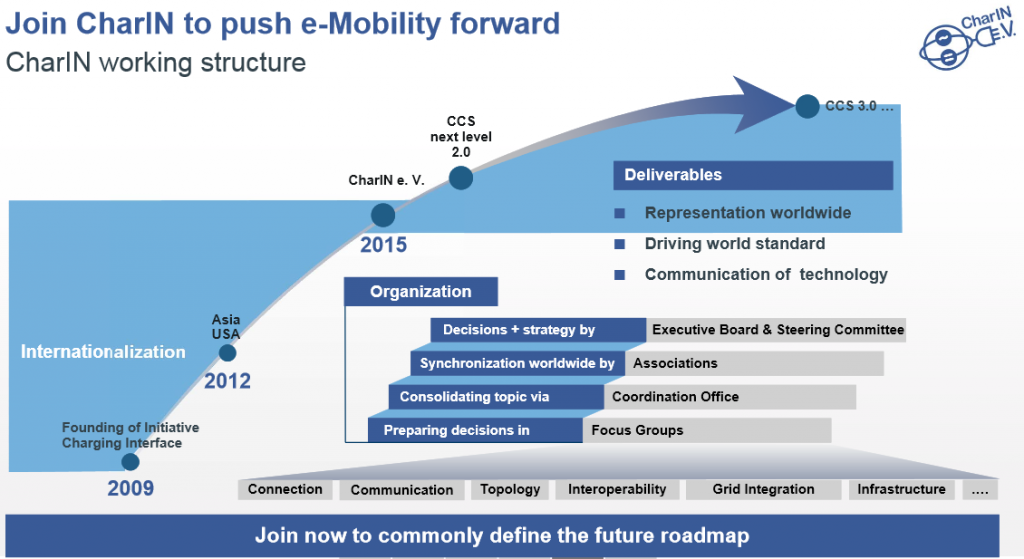
What does this mean for Tesla owners? The answer to that question is not entirely clear, but standards are crucial to the adoption of any new technology. The more members of an industry adhere to a given set of standards, the better for all concerned. Since Tesla says its mission is to promote the mass adoption of electric cars, whatever results flow from its association with CharIN have to be good news for current and future Tesla drivers.
Investor's Corner
Tesla enters new stability phase, firm upgrades and adjusts outlook
Dmitriy Pozdnyakov of Freedom Capital upgraded his outlook on Tesla shares from “Sell” to “Hold” on Wednesday, and increased the price target from $338 to $406.

Tesla is entering a new phase of stability in terms of vehicle deliveries, one firm wrote in a new note during the final week of October, backing its position with an upgrade and price target increase on the stock.
Dmitriy Pozdnyakov of Freedom Capital upgraded his outlook on Tesla shares from “Sell” to “Hold” on Wednesday, and increased the price target from $338 to $406.
While most firms are interested in highlighting Tesla’s future growth, which will be catalyzed mostly by the advent of self-driving vehicles, autonomy, and the company’s all-in mentality on AI and robotics, Pozdnyakov is solely focusing on vehicle deliveries.
The analyst wrote in a note to investors that he believes Tesla’s updated vehicle lineup, which includes its new affordable “Standard” trims of the Model 3 and Model Y, is going to stabilize the company’s delivery volumes and return the company to annual growth.
Tesla launches two new affordable models with ‘Standard’ Model 3, Y offerings
Tesla launched the new affordable Model 3 and Model Y “Standard” trims on October 7, which introduced two stripped-down, less premium versions of the all-electric sedan and crossover.
They are both priced at under $40,000, with the Model 3 at $37,990 and the Model Y at $39,990, and while these prices may not necessarily be what consumers were expecting, they are well under what Kelley Blue Book said was the average new car transaction price for September, which swelled above $50,000.
Despite the rollout of these two new models, it is interesting to hear that a Wall Street firm would think that Tesla is going to return to more stable delivery figures and potentially enter a new growth phase.
Many Wall Street firms have been more focused on AI, Robotics, and Tesla’s self-driving project, which are the more prevalent things that will drive investor growth over the next few years.
Wedbush’s Dan Ives, for example, tends to focus on the company’s prowess in AI and self-driving. However, he did touch on vehicle deliveries in the coming years in a recent note.
Ives said in a note on October 2:
“While EV demand is expected to fall with the EV tax credit expiration, this was a great bounce-back quarter for TSLA to lay the groundwork for deliveries moving forward, but there is still work to do to gain further ground from a delivery perspective.”
Tesla has some things to figure out before it can truly consider guaranteed stability from a delivery standpoint. Initially, the next two quarters will be a crucial way to determine demand without the $7,500 EV tax credit. It will also begin to figure out if its new affordable models are attractive enough at their current price point to win over consumers.
Elon Musk
Tesla preps for a harsh potential reality if Musk comp vote doesn’t go to plan
A successful vote for Tesla would see the compensation package get approved. But there is always the possibility of a rejection, which would likely see Musk leave the company.
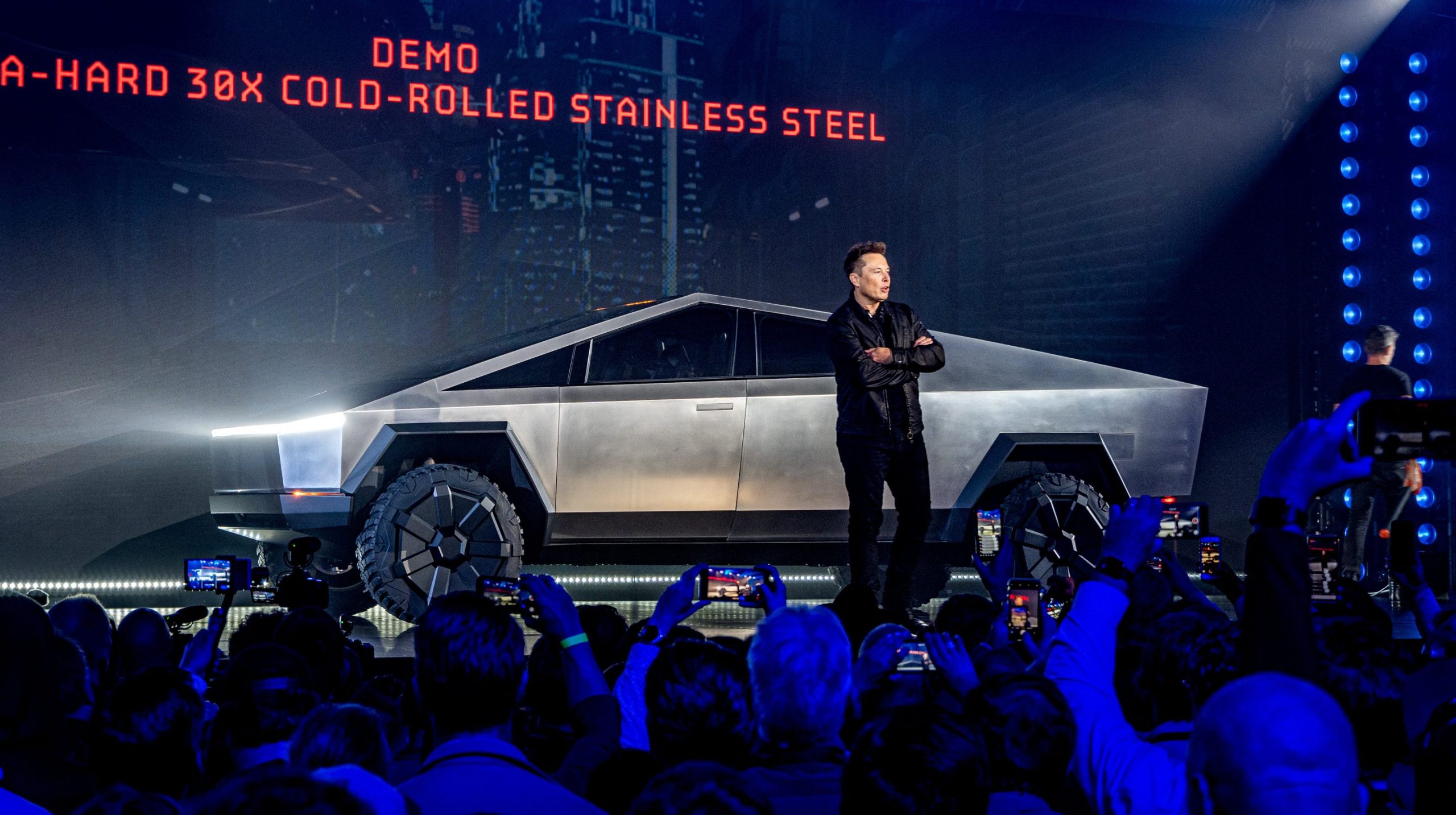
Tesla could be forced to look for a new CEO in the coming months, as a crucial November 6 Shareholder Meeting vote will determine whether Elon Musk will stick around.
A major vote is coming up at the 2025 Tesla Shareholder Meeting, as investors will determine whether Musk should be given a new compensation plan that would award him up to $1 trillion and more than one-fourth of the total voting power within the company.
Tesla board chair reiterates widely unmentioned point of Musk comp plan
A successful vote for Tesla would see the compensation package get approved. But there is always the possibility of a rejection, which would likely see Musk leave the company.
“My fundamental concern with regard to how much voting control I have at Tesla is if I go ahead and build this enormous robot army, can I just be ousted at some point in the future? That’s my biggest concern,” Musk said at last week’s Earnings Call. “That’s what it comes down to in a nutshell. I don’t feel comfortable wielding that robot army if I don’t have at least a strong influence.”
Tesla Board of Directors Head Robyn Denholm has been on somewhat of a PR tour over the past few days, answering questions about the compensation plan, which is among the biggest issues currently for the company.
Denholm told Bloomberg yesterday that Tesla investors need to be prepared for Musk to abandon ship if the package is not approved, which brings on a new question: Who would take over the CEO role?
That is a question Denholm also answered yesterday, bringing forth the conclusion that Tesla would not look for an outside hire if Musk were to leave the company. Instead, it would promote someone internally.
The way it was reported by Bloomberg and Reuters seems to make it seem as if Tesla is preparing for the worst, as it states the company “is looking at internal CEO candidates,” not preparing to do so.
Of the executives at Tesla who immediately come to mind as ideal candidates for a potential takeover should Musk leave, Tesla China President Tom Zhu and Head of AI Ashok Elluswamy both come to mind. Zhu has monumental executive experience already, as he was appointed to the role of Senior VP of Automotive back in December 2022.
He then returned to China in 2024.
It seems Tesla wants to align its future, with or without Musk, on the same path that it is currently on, and internal candidates might have a better idea of what that looks like and truly means.
News
Tesla Full Self Driving (FSD) is nearing approval in a new country
As per the official, Tesla’s Full Self-Driving system could be enabled in Israel in the near future.
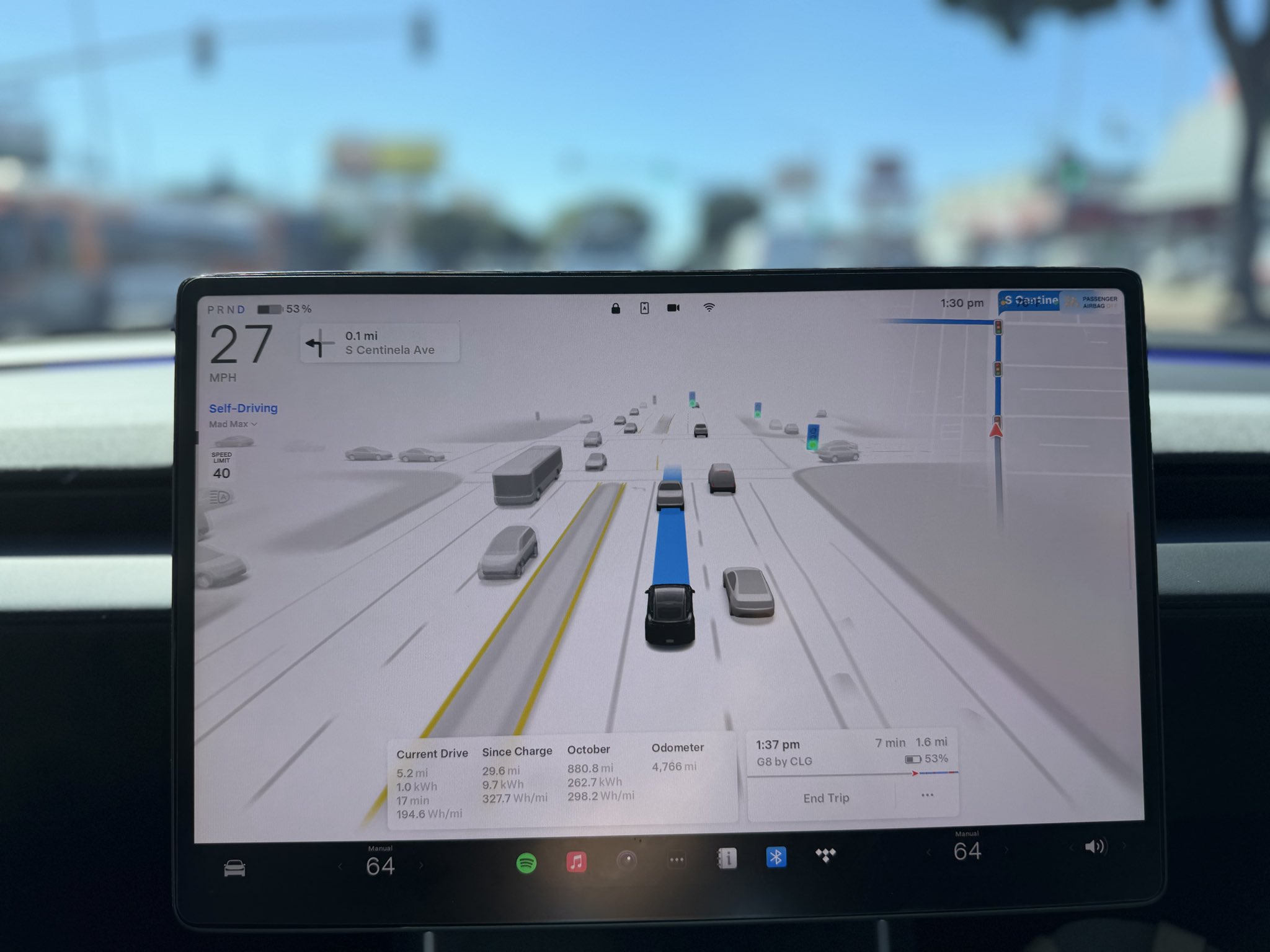
It appears that Tesla FSD (Supervised) is heading to a new country soon, at least based on comments from Israel’s Transport and Road Safety Minister Miri Regev.
As per the official, Tesla’s Full Self-Driving system could be enabled in Israel in the near future.
Israeli drivers are pushing for FSD rollout
While Tesla’s FSD is already operational in markets like the U.S., Canada, and Australia, Israeli owners have long been unable to use the feature due to regulatory barriers. Despite its premium price tag, however, numerous Tesla owners in Israel have noted that the technology’s safety benefits, at least when approved for real-world use in the country, justify its cost.
It was then no surprise that nearly 1,000 Tesla owners in Israel have already petitioned the government to greenlight FSD’s domestic release in Israel. In a post on X, Regev seemed to confirm that FSD is indeed coming to Israel. “I’ve received the many referrals from Tesla drivers in Israel! Tesla drivers? Soon you won’t need to hold the steering wheel,” she wrote in her post.
FSD’s regulatory support in Israel
Regev stated that her Ministry views promoting innovative technologies as essential to improving both road safety and smart mobility. A working group led by Moshe Ben-Zaken, Director General of the Ministry of Transportation has reportedly been tasked to finalize the approval process, coordinating with regulatory and safety agencies to ensure compliance with international standards.
In a comment to Geektime, Israel’s Ministry of Transportation and Road Safety noted that Regev is indeed supporting the release of FSD in the country. “Minister Regev sees great importance in promoting innovative technologies, and in particular in the entry of advanced driving systems (FSD) into the Israeli market, as part of the ministry’s policy to encourage innovation, safety, and smart transportation,” the Ministry stated.
-
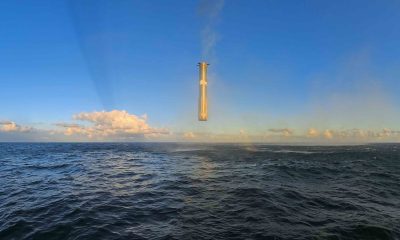
 Elon Musk2 weeks ago
Elon Musk2 weeks agoSpaceX posts Starship booster feat that’s so nutty, it doesn’t even look real
-
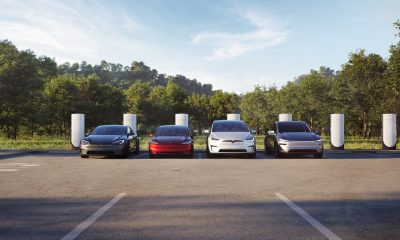
 Elon Musk2 weeks ago
Elon Musk2 weeks agoTesla Full Self-Driving gets an offer to be insured for ‘almost free’
-
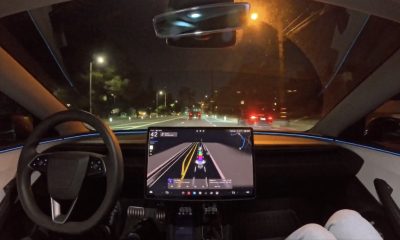
 News2 weeks ago
News2 weeks agoElon Musk confirms Tesla FSD V14.2 will see widespread rollout
-

 News2 weeks ago
News2 weeks agoTesla is adding an interesting feature to its centerscreen in a coming update
-
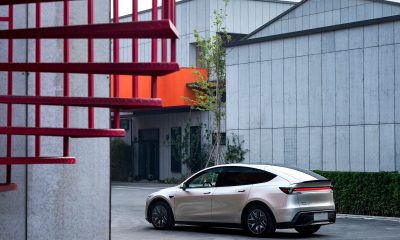
 News2 weeks ago
News2 weeks agoTesla launches new interior option for Model Y
-
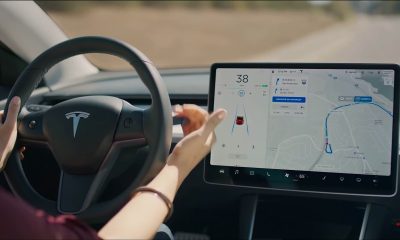
 News2 weeks ago
News2 weeks agoTesla widens rollout of new Full Self-Driving suite to more owners
-
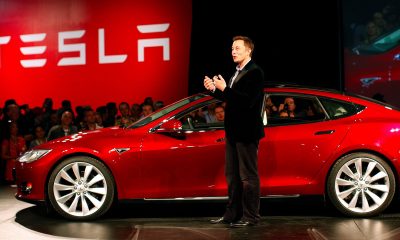
 Elon Musk2 weeks ago
Elon Musk2 weeks agoTesla CEO Elon Musk’s $1 trillion pay package hits first adversity from proxy firm
-
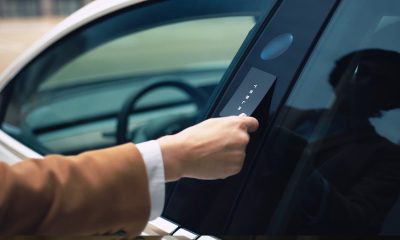
 News1 week ago
News1 week agoTesla might be doing away with a long-included feature with its vehicles




